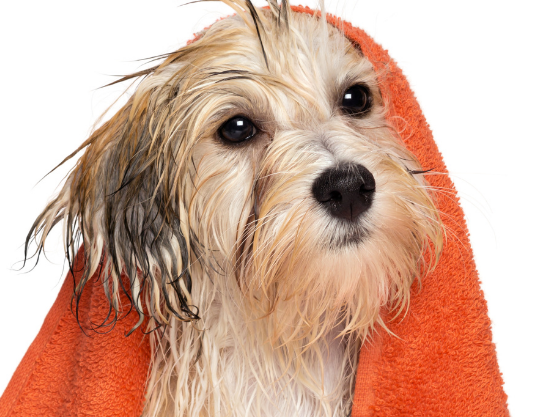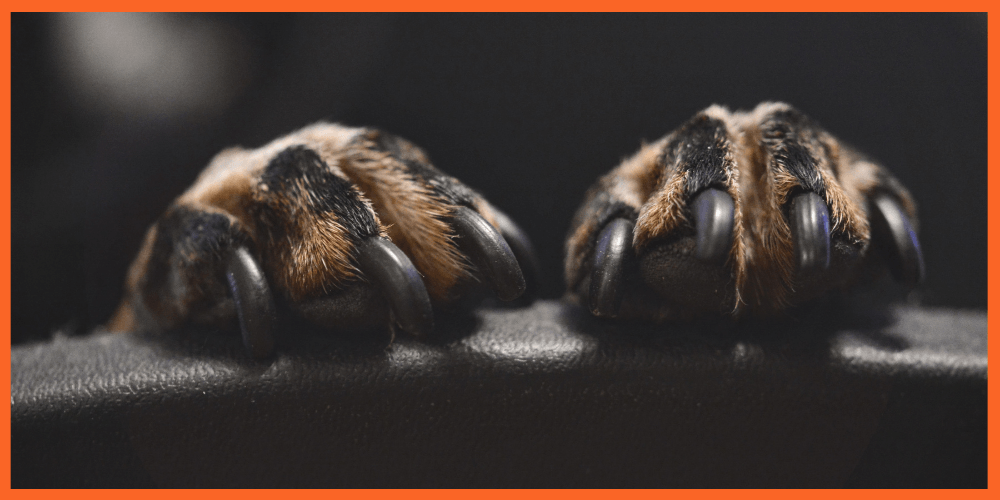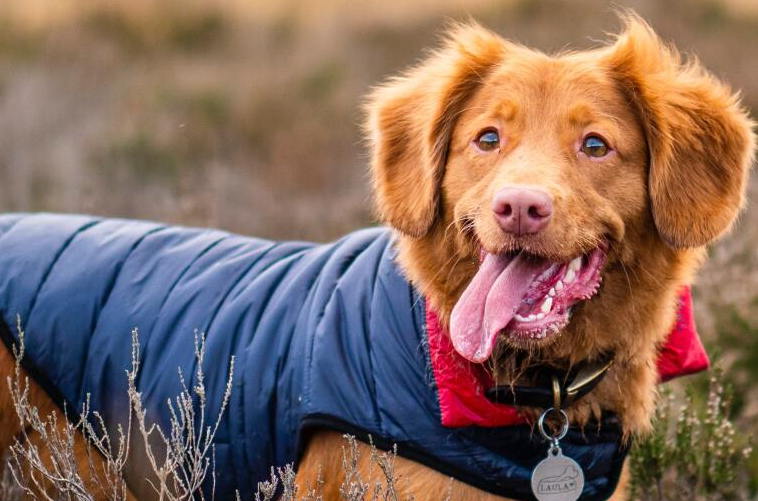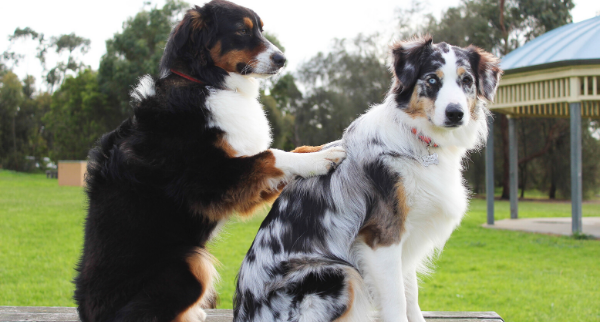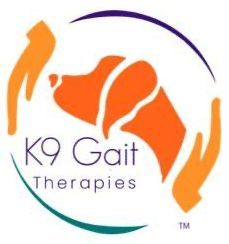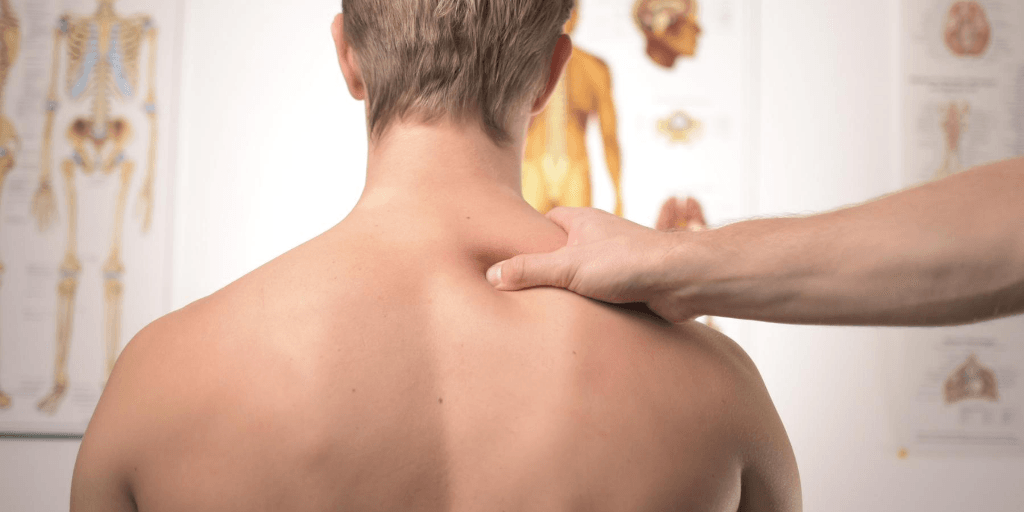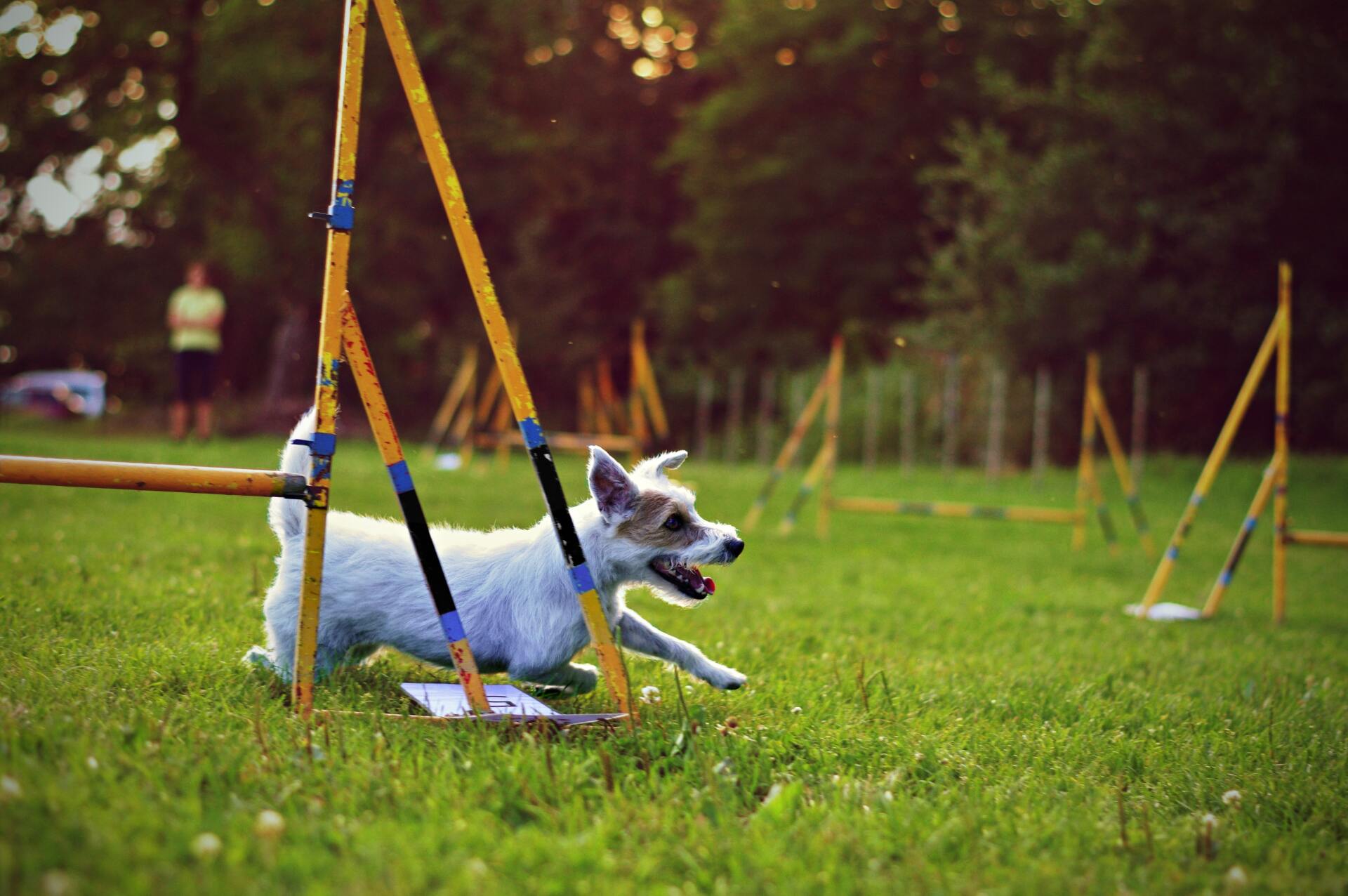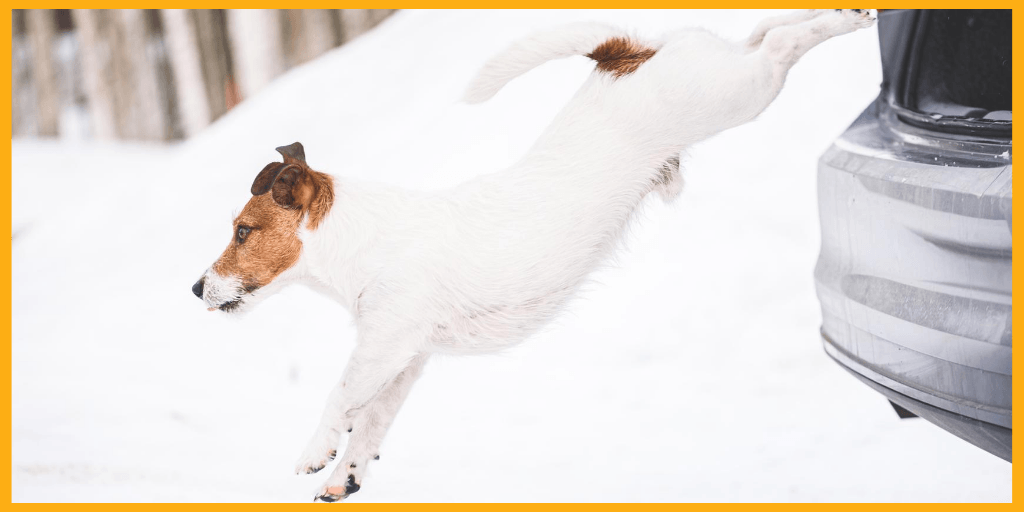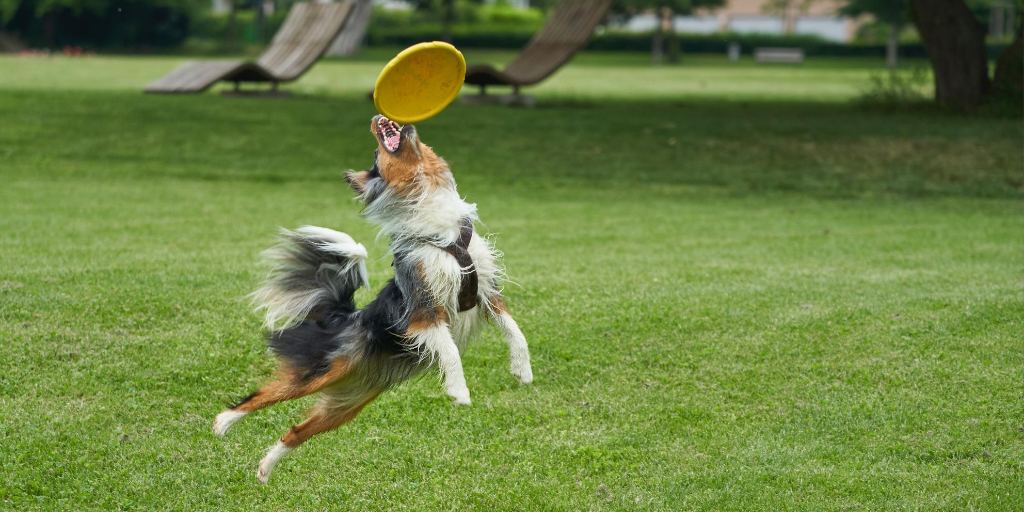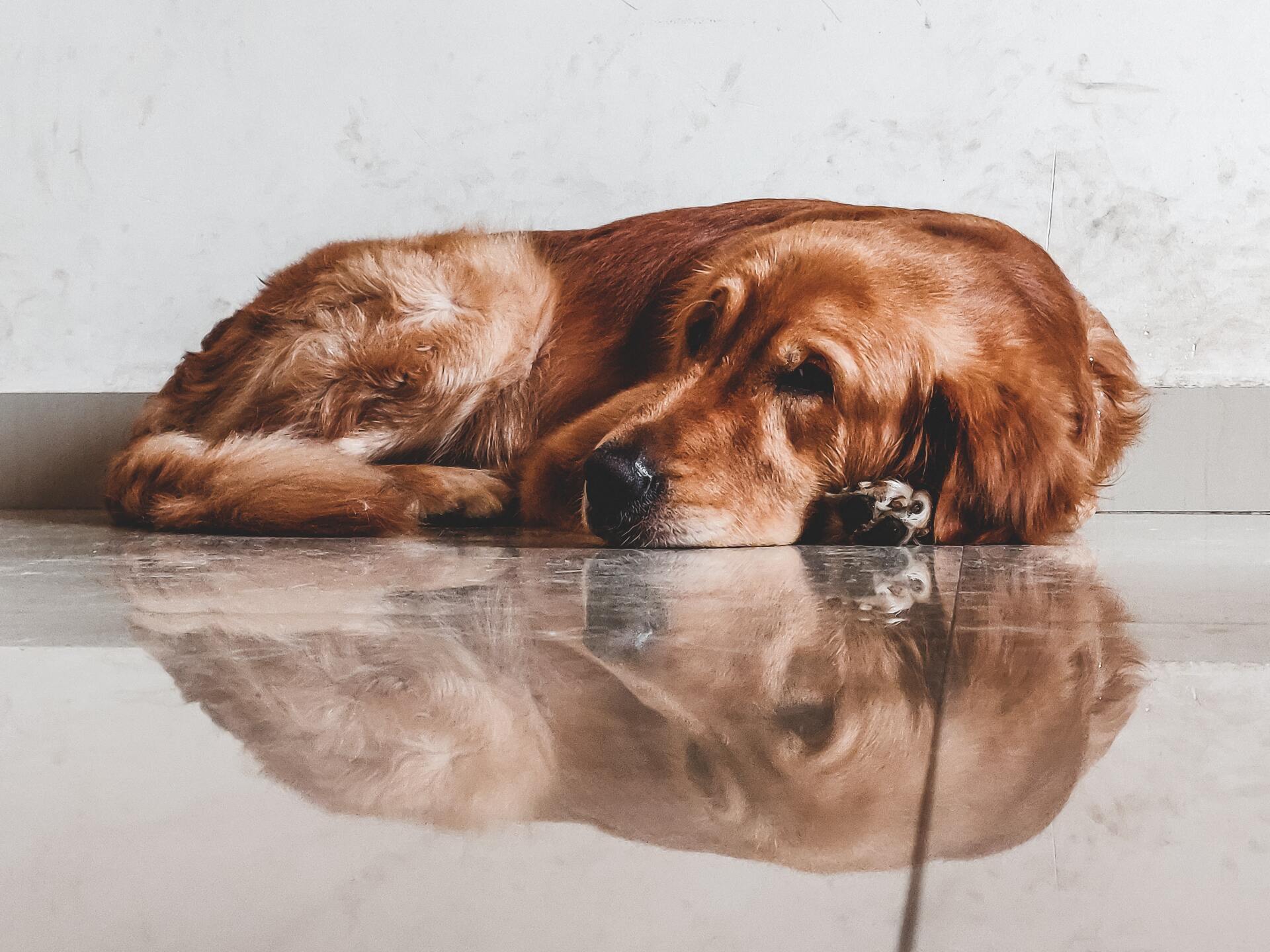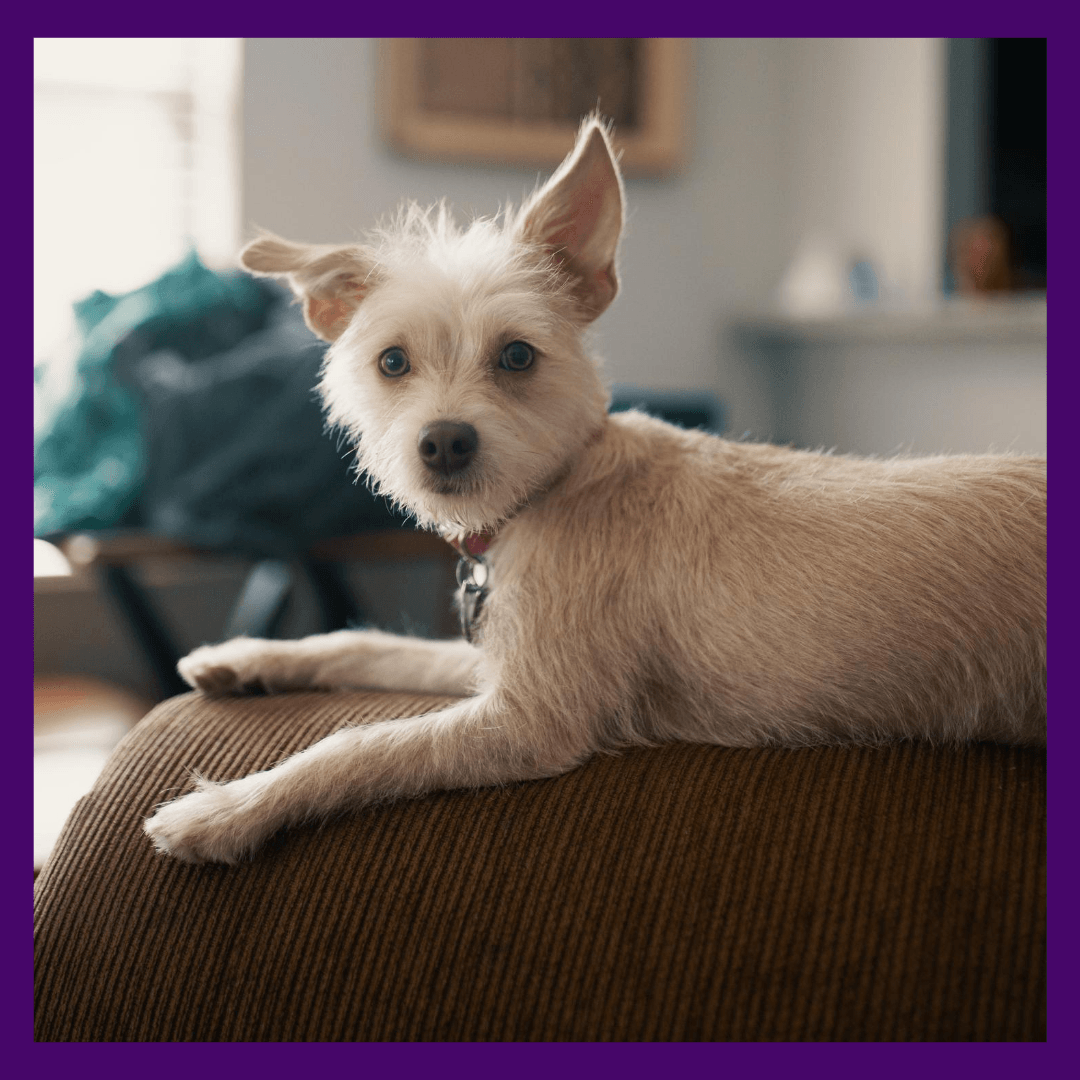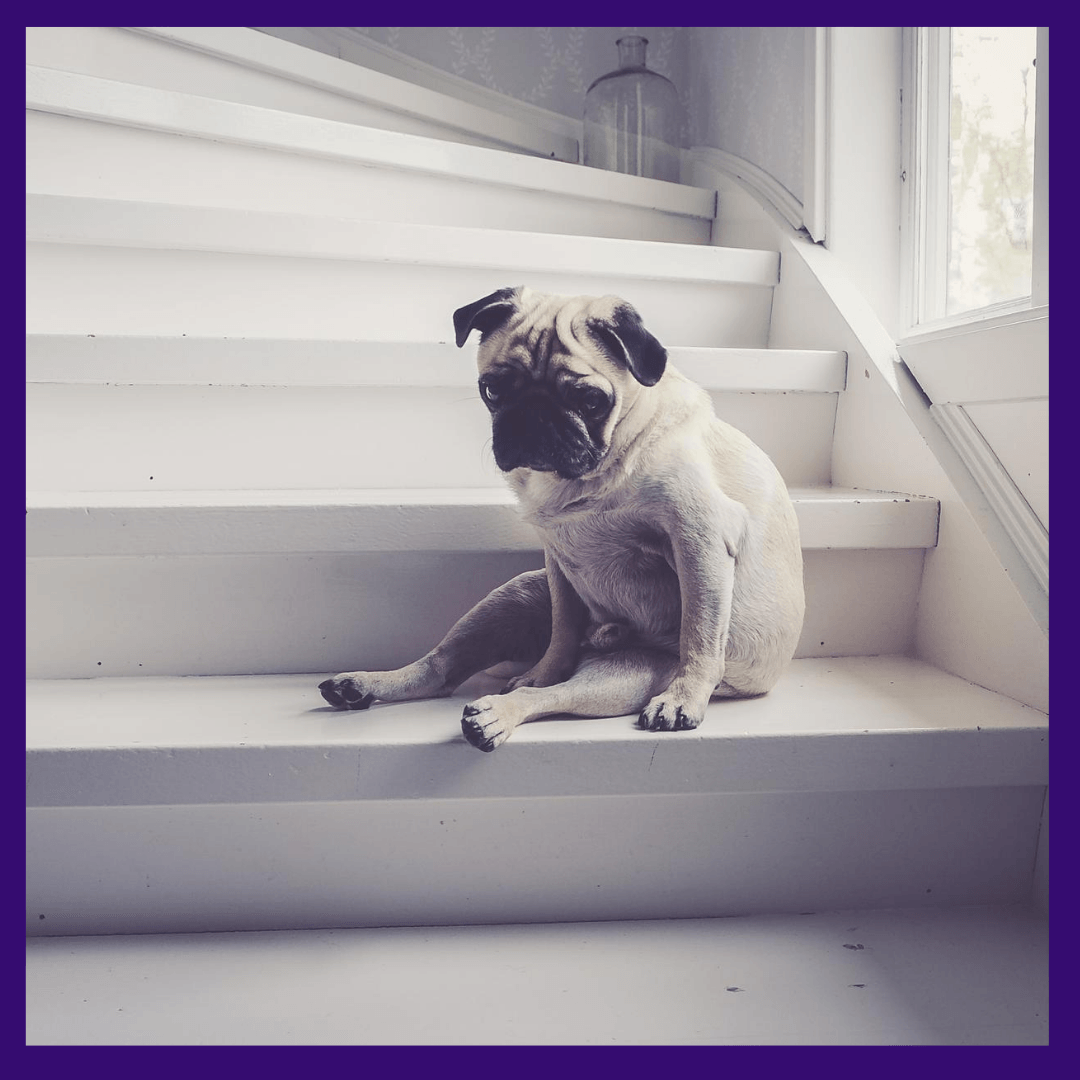The Unintentional Environments We Create
Also as humans, we understand the importance of maintaining our flexibility and core strength in order to participate safely in our work, day to day activities or sports. We also know to not put ourselves in situations where we feel pain, discomfort, or there is a possibility of injuring ourselves.
Sadly, when it comes to our canine companions, we can unintentionally create environments that may be detrimental to our dogs health, by putting their body through stresses and strains from repetitive activity.
This is especially true if it's not natural, or if the frequency of a natural movement is higher than what is optimal, especially if not adequately fit or warmed up for its purpose.
It’s easy to assume that the environments and actions I am talking about, just relates purely to high performance dogs in activities such as agility, fly ball etc, with the complexity of sharp twists, turns, concussional landings and hyper extensive jumps;
However, it’s our canine companions that can suffer musculoskeletal complications through the exercise techniques we employ, such as;
- Excessive daily walks/runs, or a weekday routine of too little exercise, that is then punctuated by a strenuous weekend workload.
- Regularly jumping in & out of a car, or a much higher 4x4 where the impact is greater.
- Arriving at your destination, then Jumping out of a car from a cold muscular state and running off at speed.
- Repetitively chasing & jumping for tennis balls/Frisbee, especially from a cold muscular state, into a high level activity. The potential for injury is great, especially for a young dog, with an underdeveloped skeletal system that’s not capable of dealing with this amount of exercise.
The force of landing ripples through their bodies in
a sequence of powerful shocks
Chasing a ball replicates dogs hunting rabbits in the wild. It’s a natural habitat! A dog would probably hunt a few times a day then possibly sleep.
A dog's body is constructed to twist, turn and jump, but not repeatedly.
Any action that is repetitive can be damaging to their integral support, both from a muscular (including allied soft tissue, tendons, ligaments, fascia) and skeletal perspective.
With regards to the muscular system, these repetitive stresses and strains, over-exertion, or minor injury cause microtrauma to muscle fibres.
Continuing repeated stresses and ensuing damage over time to the muscle fibres eventually compromises the muscles function, inhibiting its action. The inhibited action results in concessional muscles being recruited. This chain of events starts what is known as a compensatory process.
Just as humans, a dog's body has an intrinsic defence mechanism to alter their posture to compromise for an area of discomfort or pain, to maintain as much mobility as possible.
For example; if their injury or issue is in their back, to offload from their area of discomfort, the dog will try not to use the driving muscles in their pelvic limbs, by transferring their body weight to powering from the front.
A vicious circle, that can gradually impact on joint congruity, resulting in pain, inflammation, lameness, and immobility.
Continuous high impact activity can put unnecessary strain on their muscles & joints, which can result in
long-term health issues like arthritis. (CAM 2019)
Creating an Obstacle course within our home environment
These actions are not just purely external, and can be mimicked within our home environment, with the same repetitive, concussive forces, such as;
- Jumping on and off the furniture.
- Running up and down the stairs.
- The constant slipping on our ‘admittingly convenient’ easy clean laminate or tile flooring.
This lack of traction and instability to a dog, is the same experience we would have when trying to walk on sheet ice, which can cause sprains and strains within the joints and surrounding soft tissue structures.
For a young pup, this could affect the development of their growth plates, leading to future musculoskeletal issues.
If you have a dog who already is coping with a chronic orthopaedic condition, such as Arthritis, then this type of flooring would only exacerbate their issue.
Can you imagine how vulnerable your granny with a dodgy hip may feel navigating across a slippy floor wearing fluffy bed socks?
I have seen older dogs reluctant to go anywhere near it because of their already compromised mobility. Also once a dog has skidded or slipped and hurt themselves, they can be quite wary because of their bad experience.
When it comes to jumping from cars, furniture or beds, It is important to understand the harmful effects that it can have on your dog.
When a dog’s front feet land on a surface, the impact of her body weight is absorbed first through the forelimbs and then by her neck . The hind limbs land next, absorbing the impact of the hindquarter weight and sending a final jolt to her back.
Jumping from a combination of surfaces, hard to soft and vice versa may also increase the risk of injuries.
Small-breed dogs can leap on and off furniture up to 30 to 40 times a day,
amounting to 25,000 jumps up and down in a single year.
Not accounting for bounding in and out of the car, lap dives,
and the occasional “banzai” leap from the back of the couch! (Martin 2015)
Stairs are an added hazard, increasing not only the risk of falling, but also the potential for premature joint wear caused by the impact of scaling stairs.
Dogs often disregard the last two or three steps, increasing the risk of injury, which can be made significantly worse if their landing platform is a slippery floor.
Stairs can be scary for older dogs who have muscle loss or weakness in their legs. Their reduced ability to push themselves upwards or to support their weight coming down stairs can lead to slips and falls, especially on non-carpeted staircases.
“For the first five to seven years of a dog's life, usually, nothing much is noticed, but as they move into middle age, almost all dogs have tight, chronically overworked and inflamed muscles”
(Robinson 2013)
Generally, throughout a dog's life, they can be seen to accommodate our environments extremely well, but it is not uncommon to see that when dogs are reaching middle age, they may begin to suffer from the effects of these stresses and strains.
We can often assume we have to see an obvious dysfunction such as lameness, to bring our attention to our dogs discomfort; however, sadly this is not the case. This may possibly be only noticed as a morning or post exercise stiffness and easily mistaken as issues relating to middle or old age and therefore possibly disregarded.
Continually overlooked by an uniformed guardian, these repeated muscular traumas, will continue to evolve over time and may not only cause a large amount of ensuing low grade injury, painful trigger points, spasms, adhesions, but may also prematurely impact joint degeneration. It can be very distressing for an owner to see their once healthy, happy dog become old before their time.
“It has been revealed that 80% of dogs over in the UK over the age of eight and 20% over the age of one have osteoarthritis, with the main clinical finding being pain" (CAM, 2021)
These figures are believed to be hugely underestimated.
“Painful issues in the muscular system may be having a detrimental effect not only on their mobility and how they feel physically, but how they think, feel and function mentally”.
Any dog can develop osteoarthritis, which maybe inevitable through ageing and general wear and tear. However, other factors can predispose your dog to this disease, such as;
Repetitive stress, trauma, surgery, poor conformation, disease and genetics, where certain breeds can be predisposed to issues, such as hip dysplasia and luxating patella,
Another factor that can contribute to dogs developing osteoarthritis is their weight! If they are already coping with damaged joints, then carrying excess weight may not only be painful for them, but it can also speed up the process of joint degeneration. It has been revealed that a staggering 60% of dogs in the UK are overweight or obese (CAM 2021)
With obesity contributing to many other diseases, such as heart disease, breathing difficulties and diabetes, it is a significant concern that can impact on their health, quality of life and longevity.
Unlike humans where we can vocalise our pains & discomforts, sadly ‘unless they have an obvious dysfunction’ our furry friends can suffer in silence.
Being aware of some of the possible physical or behavioural changes that may manifest when they are experiencing such discomforts could help bring our attention to their silent whispers. Identifying a potential problem allows you initiate appropriate management and help keep your dog active and improve their wellbeing.
Our loyal companions totally rely on us to look after their well-being. We don’t want to stop them from having fun, but we can put in place safety considerations in their day to day activity & lifestyle routine to help reduce injury, keep your best friend mobile & feeling good physically & mentally, so you can enjoy walks together well into their twilight years.
Here are some top tips to help provide for the well-being of your pooch!
- Keep them lean. Regularly monitoring our dogs weight is extremely important when it comes to providing for a healthier and happier life for our dogs.
- Correct exercise and nutrition play an important role in weight management, also age, breed, condition and also any health issues need to be considered. So if you think your dog maybe overweight, or your not sure, then speak to your vet, who will guide you through the appropriate nutrition and exercise programme for the individual needs of your dog and keep a regular check on their weight for you.
- Introducing different ways of feeding their meals, such as puzzle feeders, Licki mats and kongs, or by sprinkling some of their dry food in the garden for them to sniff out.
These benefit from keeping them active, helping burn off some extra calories and keeping them satisfied for longer, rather than cleaning up their meals in seconds and then looking at us with their big doe-eyes for treats.
- Don’t run them ragged! You don't need to run a dog ragged to tire them out or get them fit!
- Dogs need mental as well as physical stimulation. Incorporate low impact physical/mental stimulants eg. Sniffing-scenting/climbing over poles/logs.
- Hide their toys/treats, ‘whatever their motivation is’ around the garden or house. I put things under plant pots, egg boxes, old shoe boxes filled with screwed up paper with treats inside, yogurt pots etc. ‘‘they love games!’.
- Sprinkle some of their allocated food around the garden, or spread on a licky mat/filled kong.
- There is plenty of expert advice on enrichment activities for dogs. Google is a wonderful tool!
- Warm up. Start with a controlled lead warm up walk prior to going off lead, to increase circulation, muscle suppleness & flexibility.
- Include a 10 minute warm down walk after exercise (before getting into the car) to bring the body back to pre-exercise state, helping encourage the flow of lactic acid away from the muscles, preventing stiff sore joints.
- Help prevent lead pulling. Excessive repetitive lead pulling can cause tension and pain through your dogs’ body as well as affect the quality of your time together. If walking your dog is proving difficult for you, then it may be worth talking to a trainer or behaviorist, this could make all the difference to the quality of both yours and your dogs’ life.
- Refrain from repetitive ball throwing.. Rather than throwing a ball/frisbee repeatedly, throw just a few times, then change the pace/game.
- Yes, they love to run, jump & play & they will literally run/leap and catch a ball for as long as you throw it! But it is up to us as responsible owners to know when to stop!
- Try throwing the ball along the ground to reduce concussive forces, maybe hide their ball in long grass so they have to search for it!
- “Be extra vigilant if your dog loves chasing & chewing sticks! These can be quite dangerous, as wood splinters easily when chewed on and shards can jam in the dog’s mouth causing an infection. “Sadly something I know from personal experience”
- Know your dog! When it comes to activity & lifestyle, always take into consideration their breed, age, any health issues, their weight! “Always seek professional advice if your not sure”
- For example; ‘If you love going on a long run and want the company of your faithful Pug by your side, then you’ll need to take a stroller’!
- Rest days! If you've had a big hike one day, then have a rest day the following day! Just do a shorter lead walk and include some enrichment activity. It’s during rest they heal!
- Let’s not forget under-activity! This can be the cause of health problems, such as obesity, which puts extra added pressure on their joints as well as major health problems. Also, bored and lonely dogs are unhappy, they show their frustration by chewing, barking, over-grooming themselves, building tensions and stresses.
- Provide a ramp/steps. Training your small dog to stay off the furniture is the ideal solution, but we know, this is easier said than done! You could train your dog to wait for you to lift them on & off. A simple and effective way to make their home more dog-friendly is to place pet ramps and steps next to their furniture. This can be beneficial to large and small dogs who suffer from arthritic pain. A simple ramp can reduce pain and give your aging or less mobile pooch a new lease on life.
- Put none-slip mats on slippy floors Dogs need traction and stability! Strategically place matting in areas they are likely to slip. Especially thresholds, where they hurtle round corners, get on/off furniture and next to where they sleep.
- Teach them to not jump up at you. This will help protect joint integrity & soft tissue injury. When a dog constantly jumps up and down, it increases the wear and tear of their joints; thus, placing them at a greater risk for developing arthritis.
- Modify stair climbing. Preventing your dog from using stairs can be next to impossible, although it would be ideal! however by modifying these behaviours can minimize the impact of stair use on your dog’s body.
- Controlling the speed as they go up and down the stairs.
- Place non-slip mats on the treads of wooden stairs.
- Only letting them upstairs when absolutely necessary.
- Training your dog to pause at the bottom of the staircase and sit before navigating the last step to help prevent injury and premature joint wear.
- Put a stair gait up to prevent them from racing up & down, especially when you’re not at home.
- Modify jumping out of the car! To help prevent these repetitive stresses on your dog's body, especially a young dog to protect the development of their growth plates, an ideal solution would be to provide a ramp. There are so many affordable ramps available, that fold up and store conveniently in the boot. If you have a senior dog, or your dog who is coping with an orthopaedic condition, then this would make their occasional journeys in the car so much easier and less painful on their joints. If a ramp isn’t suitable, you could train your dog not to leap out of the car and speed off the minute you open the car door or boot. For small dogs or if your dog is coping with mobility issues, then train them to wait for you to assist them.
- Raise their food & water bowl. Having their food & water bowl elevated puts less strain on their neck. This can be especially helpful for dogs with mobility issues, arthritis, or joint disorders.
By providing your dog with safer alternatives to their exercise and lifestyle routine, you will be helping reduce the risk of injuries, making dogs’ lives happier, healthier, safer and giving you more years to enjoy their company and unconditional love.
And how could we not want to improve the quality of their lives, when they improve the quality of ours.
Sarah x
REFERENCES
Roberston, J. Mead, A. Physiotherapy and massage for the dog.Published (March 15 2013)
Strubel, I. DVM.
Ligament/Tendon/Soft Tissue Injuries
Dobias, P. DVM (October 04 2016)
Could an injury be affecting your dog's health? I Dr. Peter Dobias
Dobias, P. DVM (July 04 2018)
https://peterdobias.com/blogs/blog/113473797-why-frisbee-fetching-may-be-risky-for-dogs
Martin, R. (February2015)
Home Obstacle Course for Small Dogs | The Bark
CAM (03 04 2017) Canine Arthritis Management:

